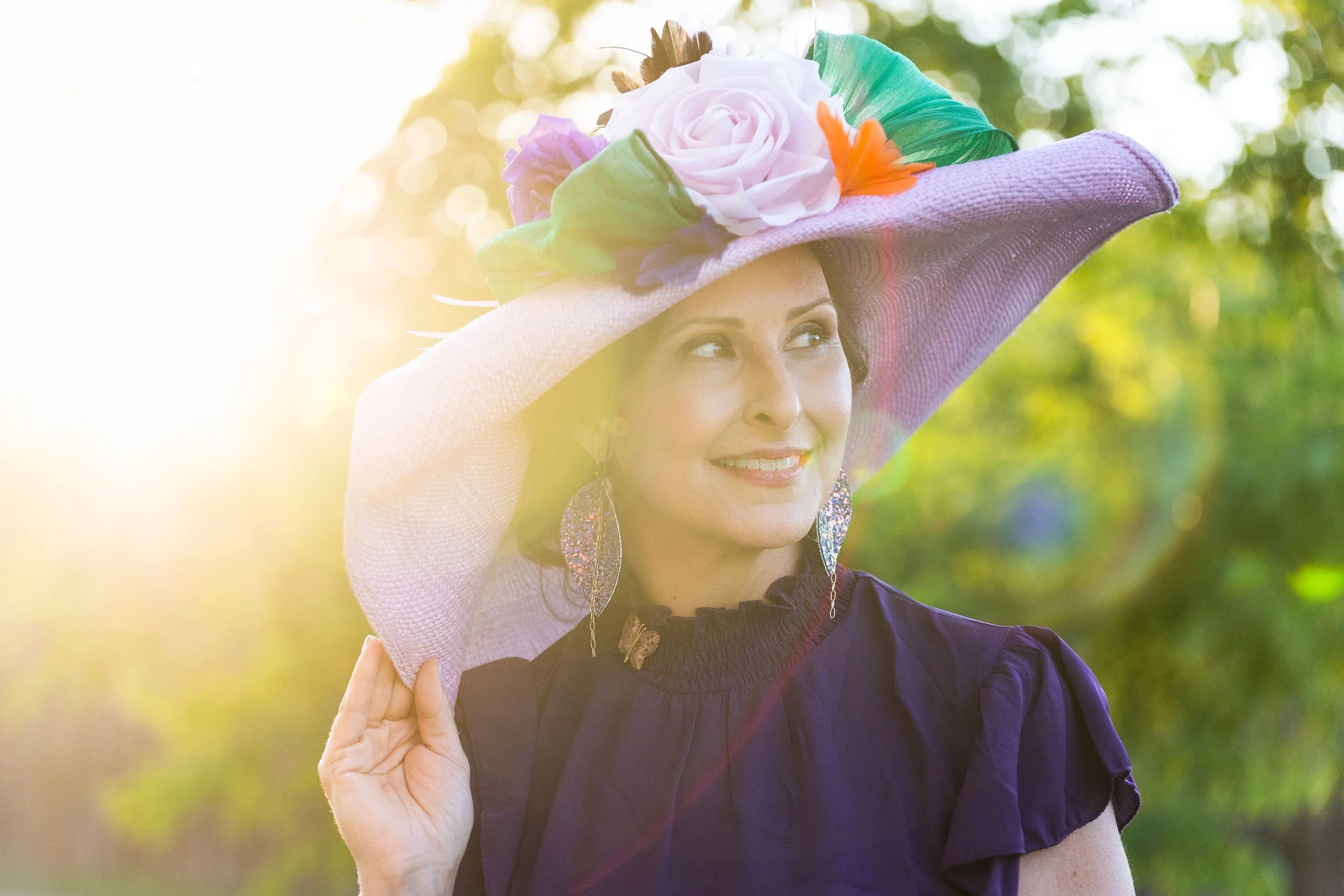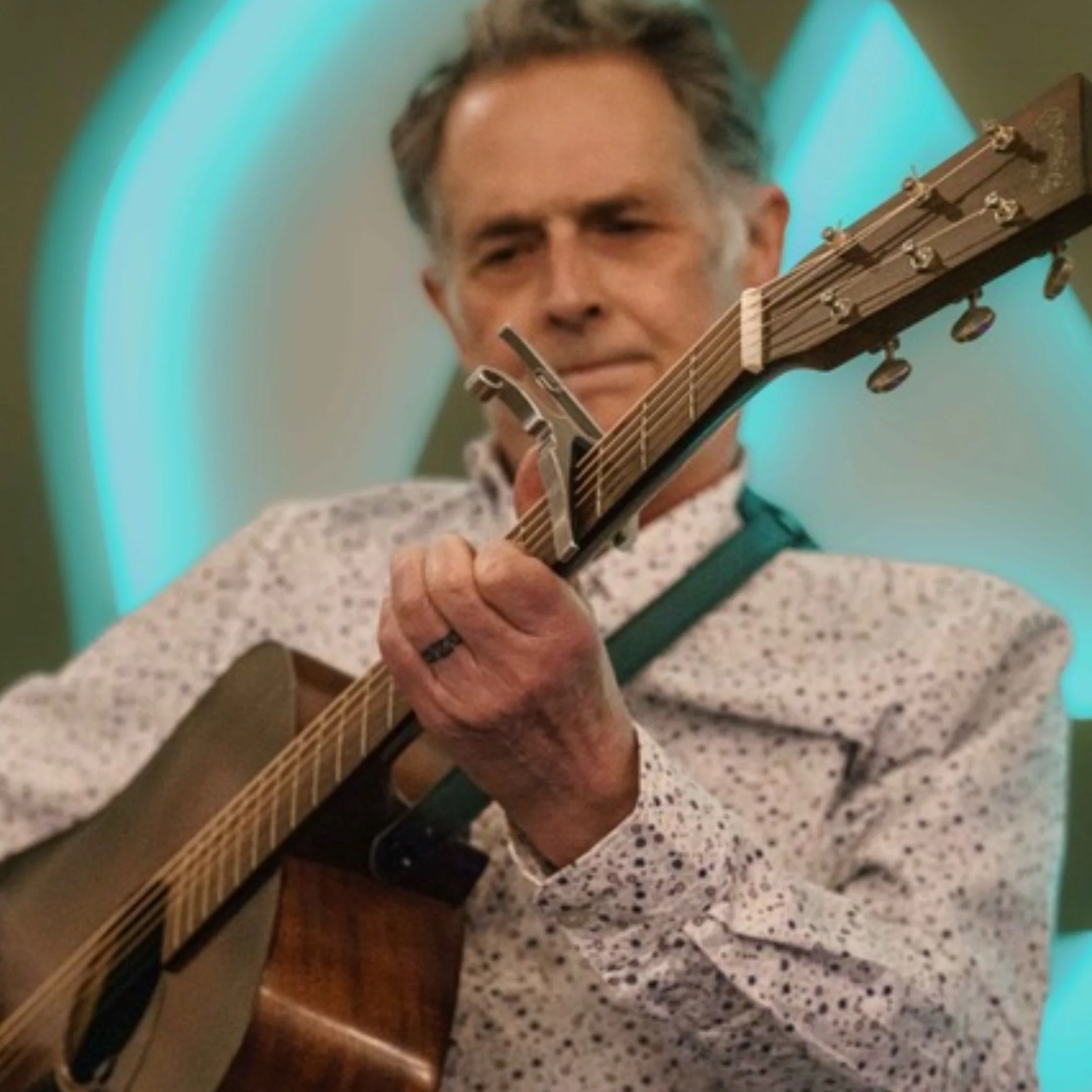The Dissonance Five-Year Anniversary Party and Artist Showcase came together in the spirited creative fashion of Dissonance. It wasn’t months in the making. It wasn’t overly complicated or too taxing for any one of the event team members. It wasn’t a heavy lift for the artists invited to say yes given the point and time in the pandemic and the short and sweet performance ask of two songs or 10 minutes.
It was simply an evening to be together in community, celebrate resilience, and return to what always draws us to each other: music and the arts. And it just felt healing.
If we ever questioned it before, we now truly know that we heal by being together, sharing in the human experience. No one can live a life to the fullest or be well in isolation. Over the course of this evening at Royal Foundry Craft Spirits, artists performed as we wove in dialogue and conversations between Dissonance board members and artists about the importance of connection and well-being.
We highlighted what showing up felt like these past months. We openly shared about grief, anxiety, hope and healing. Mixing throughout the room, we listened to anecdotal stories of the toll the racial unrest, political climate, and Covid times has taken. Artists shared that performing at an event of this type --knowing the audience has got your mental health back -- allowed them to be vulnerable and ease into a return to live performances. We heard from audience and artists alike along the theme and popular Dissonance hashtag of #HowIStayWell.
In the spirit of a quick yet meaningful summary, the Dissonance team pooled our collective experience to provide you with the performance highlights, in a form called SixWords.
Mayda - Huge, funky fresh, show-opening soul.
Levi Weinhagen - Hard truths in our mirrors. Ha!
Maya Elena - Joyful muse. Yogi wise. Mystic adventure.
Justin Anthony Spenner & Carson Rose Schneider - Baritone, piano, opera missed. Next time!
Carl Atiya Swanson - Connecting people and possibilities through poems.
Adam Levy - Virtuoso songsmith, sharing all, shedding light.
MaLLy - Mindful beats and rhymes. Stand up!
Jason Chaffee - It’s a complicated sadness. Guitar therapy.
Annie Mack - Powerful, uplifting. Oh, that voice. Testify.
Laura Hugo - Beauty in the mourning. Melancholy magic.
Charlie Parr - Introverts and resonators rule. National treasure.
Such powerful words and art were shared! You can catch artist Jason Chaffee’s pre-event performance on the Fox segment, check out the event photos on our Facebook page, and follow our page to stay in the loop for future events and activities.
Throughout the party and showcase, we cheers’ed with Dissonance, a non-alcoholic cocktail created by RFCS’s mixologist Harry of an ingredient dissonance of lemon, sage and simple syrup and a bit of salt -- an incredible flavor experience leaving us with zero regrets (#ZeroRegrets). We also enjoyed a spread of nourishing eats from Appetite for Change’s catering team, Breaking Bread Catering & Café; and gluten-free cupcakes with a Dissonance swirl from Amy’s Cupcakes. A special shout out to Nikki and Andy, RFCS owners and generous supporters of Dissonance’s mission – you two are an amazing force for good in the community. Thank you!
As our encore, thank you to the artists who showed up to celebrate and share their talents with us, to the Dissonance event frequenters and supporters, and to those completely new to the experience. This event filled our cup with hope, support and a vision for what’s possible -- and we hope it did yours as well!
-- The Dissonance board – Sarah, Jeremiah, Mariah, Katy, Karen and Jen





